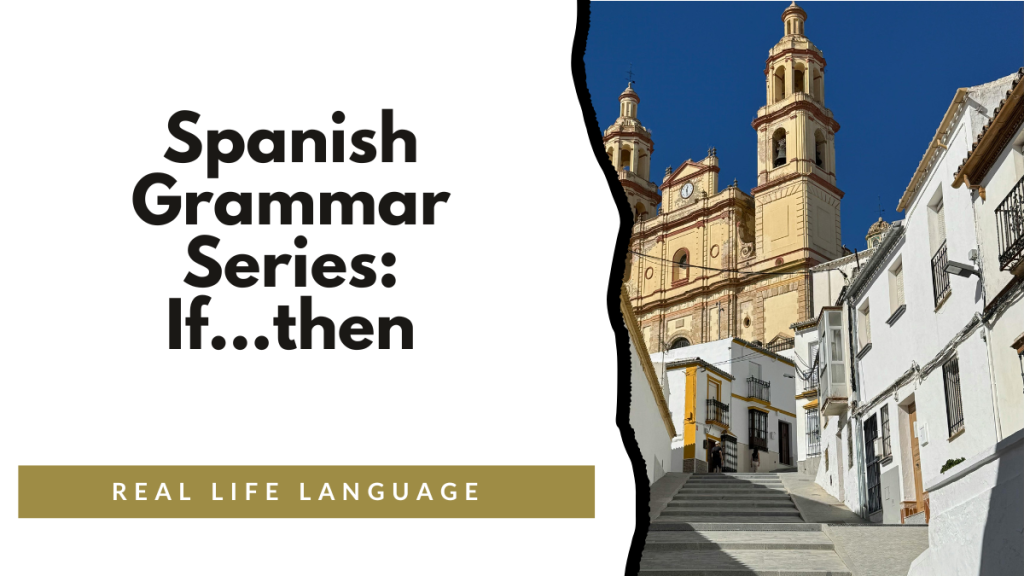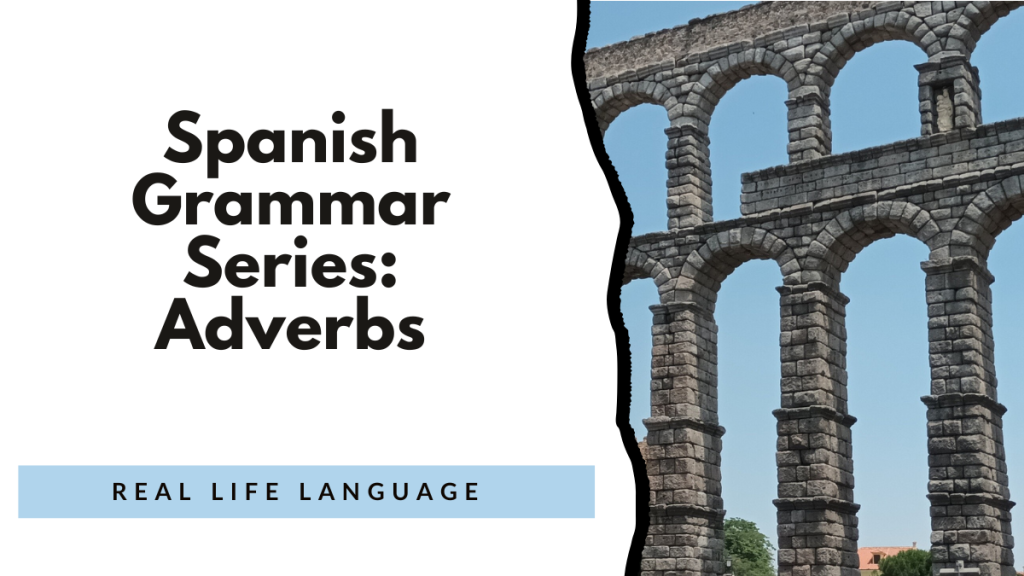The Preterite vs. Imperfect
(El Pretérito Indefinido vs. El Pretérito Imperfecto)
Spanish has two main past tenses—the preterite and the imperfect—and both are used to talk about actions that happened in the past. However, they highlight different perspectives on those actions. The preterite focuses on completed events with clear beginnings or endings, while the imperfect describes ongoing, habitual, or background actions that set the scene.
Understanding when to use each tense is essential for telling stories, describing past events, and communicating naturally in Spanish. Mastery of both forms allows learners to paint vivid pictures of the past with clarity and detail.
1) The Core Difference
- The preterite expresses what happened — completed actions, events, or changes.
- The imperfect expresses what was happening — ongoing, repeated, or background actions.
Think of it this way:
- Preterite = snapshot / summary
- Imperfect = background / setting
Example:
Yo estudiaba cuando mi mamá entró.
I was studying when my mom came in.
→ Estudiaba (imperfect): ongoing action
→ Entró (preterite): completed, interrupting action
2) The Preterite: Completed Actions
Use the preterite when the action:
- Began or ended at a specific time
- Happened once or a specific number of times
- Interrupted another ongoing action
- Moved the story forward (plot events)
Examples:
- Ayer comí pizza. → I ate pizza yesterday.
- Fuimos al cine el sábado. → We went to the movies on Saturday.
- El teléfono sonó. → The phone rang.
- Viví en México tres años. → I lived in Mexico for three years.
Key Idea: Preterite = clear time frame, completed event.
3) The Imperfect: Ongoing or Habitual Actions
Use the imperfect when the action:
- Used to happen regularly
- Was ongoing (no known start or end)
- Describes conditions, people, weather, age, or time
- Sets the scene or background
Examples:
- Cuando era niño, jugaba con mis amigos. → When I was a child, I used to play with my friends.
- Estaba cansado. → I was tired.
- Eran las ocho y hacía frío. → It was 8:00 and it was cold.
- Siempre íbamos al parque los domingos. → We used to go to the park every Sunday.
Key Idea: Imperfect = ongoing, descriptive, habitual.
4) Quick Comparison Chart
| Use | Preterite | Imperfect |
| Completed action | Ayer comí tacos. | — |
| Repeated / habitual | — | Siempre comía tacos. |
| Specific moment | A las ocho empezó la clase. | Eran las ocho. (time) |
| Action with clear start/end | Viví allí tres años. | Vivía allí. (no clear duration) |
| Interrupting action | Sonó el teléfono. | Hablaba por teléfono. |
| Background description | — | El día estaba soleado. |
| Sequence of events | Entré, saludé, me senté. | — |
| Emotions / mental states | (change of emotion) Me puse triste. | (ongoing) Estaba triste. |
5) Signal Words
Preterite Indicators
| Expression | Translation |
| ayer | yesterday |
| anoche | last night |
| el lunes pasado | last Monday |
| una vez | once |
| de repente | suddenly |
| entonces | then |
| por fin | finally |
| hace (time) | (time) ago |
| en ese momento | at that moment |
Imperfect Indicators
| Expression | Translation |
| siempre | always |
| generalmente | generally |
| a menudo | often |
| mientras | while |
| todos los días / años | every day / year |
| de vez en cuando | from time to time |
| antes | before |
| muchas veces | many times |
| cuando era niño | when I was a child |
6) Interruptions and Background Actions
When two past actions occur together:
| Function | Tense | Example |
| Background / ongoing action | Imperfect | Yo estudiaba… |
| Interrupting / completed action | Preterite | …cuando mi mamá entró. |
Combined Example:
Yo leía cuando sonó el teléfono.
I was reading when the phone rang.
Tip:
If you can ask “What was happening?” → Imperfect
If you can ask “What happened?” → Preterite
7) Descriptions vs. Events
| Type | Example | Tense |
| Description | El hotel era grande y bonito. | Imperfect |
| Event | El hotel abrió en 1990. | Preterite |
| Type | Example | Tense |
| Mental / emotional state | Estaba nervioso. | Imperfect |
| Change in state | Me puse nervioso. | Preterite |
8) Storytelling Example
El sábado pasado:
Era un día bonito. Hacía sol y los pájaros cantaban.
(It was a beautiful day. It was sunny, and the birds were singing.)
De repente, empezó a llover.
(Suddenly, it started to rain.)
Corrimos a casa y vimos una película.
(We ran home and watched a movie.)
The imperfect sets the scene and describes conditions.
The preterite tells the completed, main events.
9) Meaning Changes Between Tenses
Some verbs change meaning depending on the tense used:
| Verb | Imperfect Meaning | Preterite Meaning |
| conocer | knew (was familiar with) | met (for the first time) |
| saber | knew (information) | found out / learned |
| querer | wanted | tried (or refused – no quiso) |
| poder | was able to / could | managed to / succeeded |
| tener | used to have / had | got / received |
Examples:
- Conocía a Pedro. → I knew Pedro.
- Conocí a Pedro ayer. → I met Pedro yesterday.
- Quería ayudar. → I wanted to help.
- Quise ayudar. → I tried to help.
10) Quick Decision Flow
Ask yourself these questions:
1️Is the action finished / completed?
→ Preterite
2️Did it happen repeatedly or habitually?
→ Imperfect
3 Was it a background description?
→ Imperfect
4️Did it interrupt another action?
→ Preterite
5️Does it have a definite beginning or end?
→ Preterite
6️ Was it continuous, emotional, or descriptive?
→ Imperfect
11) Practice: Choose the Correct Tense
Fill in the blanks with either preterite or imperfect forms.
- Cuando era pequeño, yo __________ (ir) al parque todos los días.
- Ayer, nosotros __________ (visitar) a mi abuela.
- Mientras mi madre __________ (cocinar), mi padre __________ (leer) el periódico.
- De repente, el gato __________ (saltar) por la ventana.
- Siempre __________ (llover) en abril.
- A las ocho __________ (empezar) la película.
- Mi familia __________ (vivir) en España cuando yo __________ (tener) diez años.
- En ese momento, yo no __________ (saber) qué hacer.
- Cada verano nosotros __________ (viajar) a la playa.
- El año pasado __________ (comprar) un coche nuevo.
Answers:
- iba
- visitamos
- cocinaba / leía
- saltó
- llovía
- empezó
- vivía / tenía
- sabía
- viajábamos
- compré
12) Practice Paragraph
Transform the following paragraph by correctly using both tenses:
Cuando yo (ser) niño, siempre (ir) al campo con mis abuelos. Ellos (tener) una casa muy bonita. Un día (haber) una tormenta muy fuerte. Nosotros (estar) asustados, pero luego todo (terminar) bien.
Answer:
Cuando yo era niño, siempre iba al campo con mis abuelos. Ellos tenían una casa muy bonita. Un día hubo una tormenta muy fuerte. Nosotros estábamos asustados, pero luego todo terminó bien.
13) Visual Summary: The Big Picture
| Preterite | Imperfect |
| Completed action | Ongoing action |
| Series of events | Habitual actions |
| Interrupting action | Background / setting |
| Specific time frame | No clear time frame |
| “What happened” | “What was happening” |
| Fui al cine. | I went to the movies. |
14) Common Pitfalls
Fui a la escuela todos los días. → Iba a la escuela todos los días. (habitual)
Era una vez cuando conocí a Juan. → Había una vez un niño… (description)
Estuve cansado. → Estaba cansado. (state, ongoing)
Tenía un accidente. → Tuve un accidente. (completed event)
15) Quick Story Practice
El año pasado (ir) a España. (Ser) un viaje increíble. Cada día (caminar) por las calles y (comer) tapas. Una noche, (perder) mi cartera, pero un camarero (encontrar) y (devolver) todo. (Estar) muy agradecido.
Answer:
El año pasado fui a España. Fue un viaje increíble. Cada día caminaba por las calles y comía tapas. Una noche, perdí mi cartera, pero un camarero encontró y devolvió todo. Estaba muy agradecido.
Summary: Key to Mastering Preterite vs. Imperfect
| Question | Answer → Tense |
| What happened? | Preterite |
| What used to happen? | Imperfect |
| What was going on? | Imperfect |
| What interrupted? | Preterite |
| What describes the setting? | Imperfect |
| What moves the story forward? | Preterite |
Mastering the contrast between preterite and imperfect brings your Spanish storytelling to life — giving your speech and writing nuance, rhythm, and depth.
Building Proficiency for World Language Learners: 100+ High-Interest Activities
Discover over 100 dynamic activities to make world language learning interactive and fun. I wrote this book with some of my favorite activities for educators aiming to build proficiency with high-impact strategies.
Learn more and get your copy here.
5 Weeks of No and Low Prep Fun
Need quick, engaging activities for your class? This free guide includes 25 no-prep and low-prep ideas to save time while keeping students excited about learning.
Download your free copy now.
100s of videos to learn Spanish:

